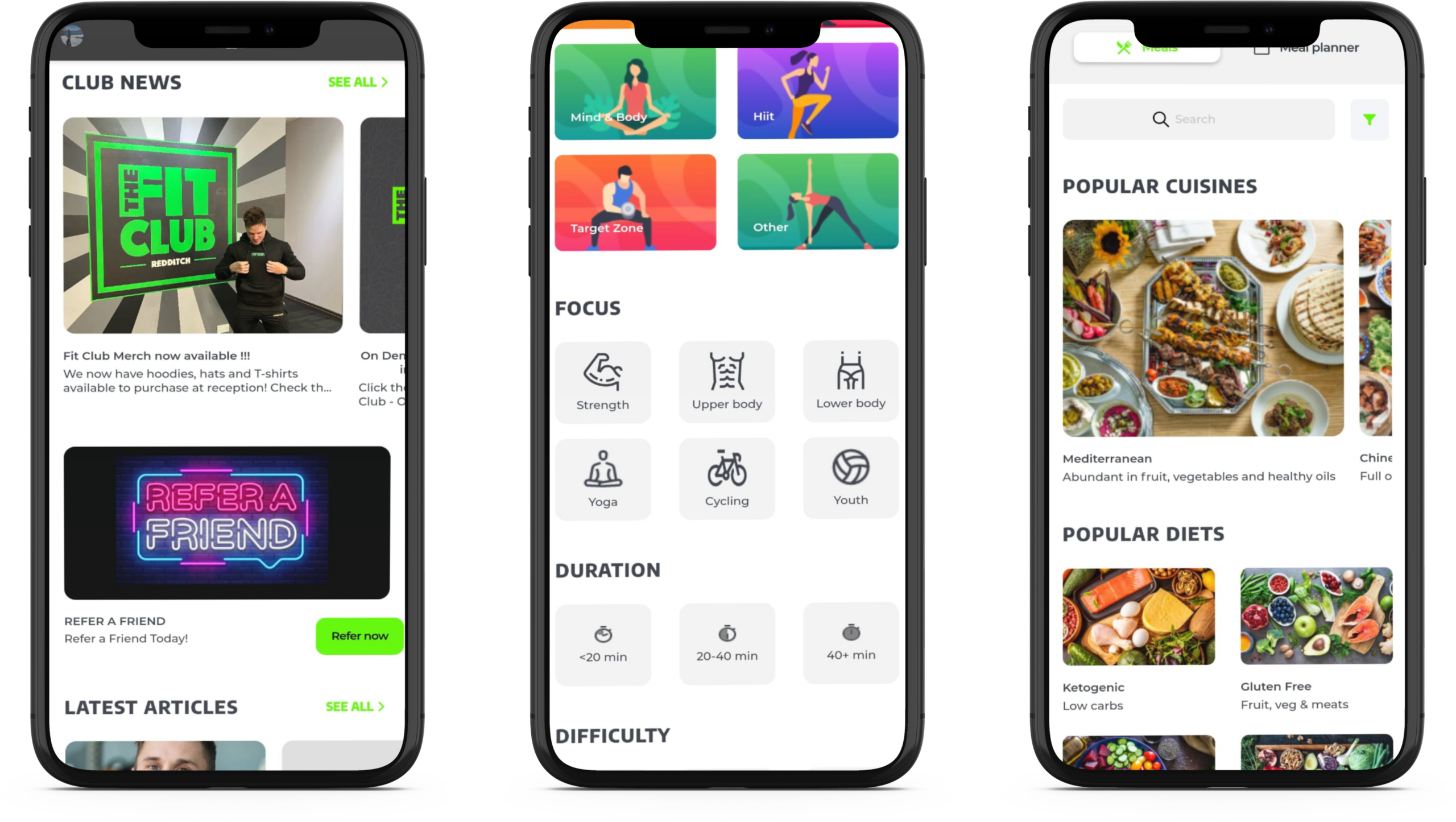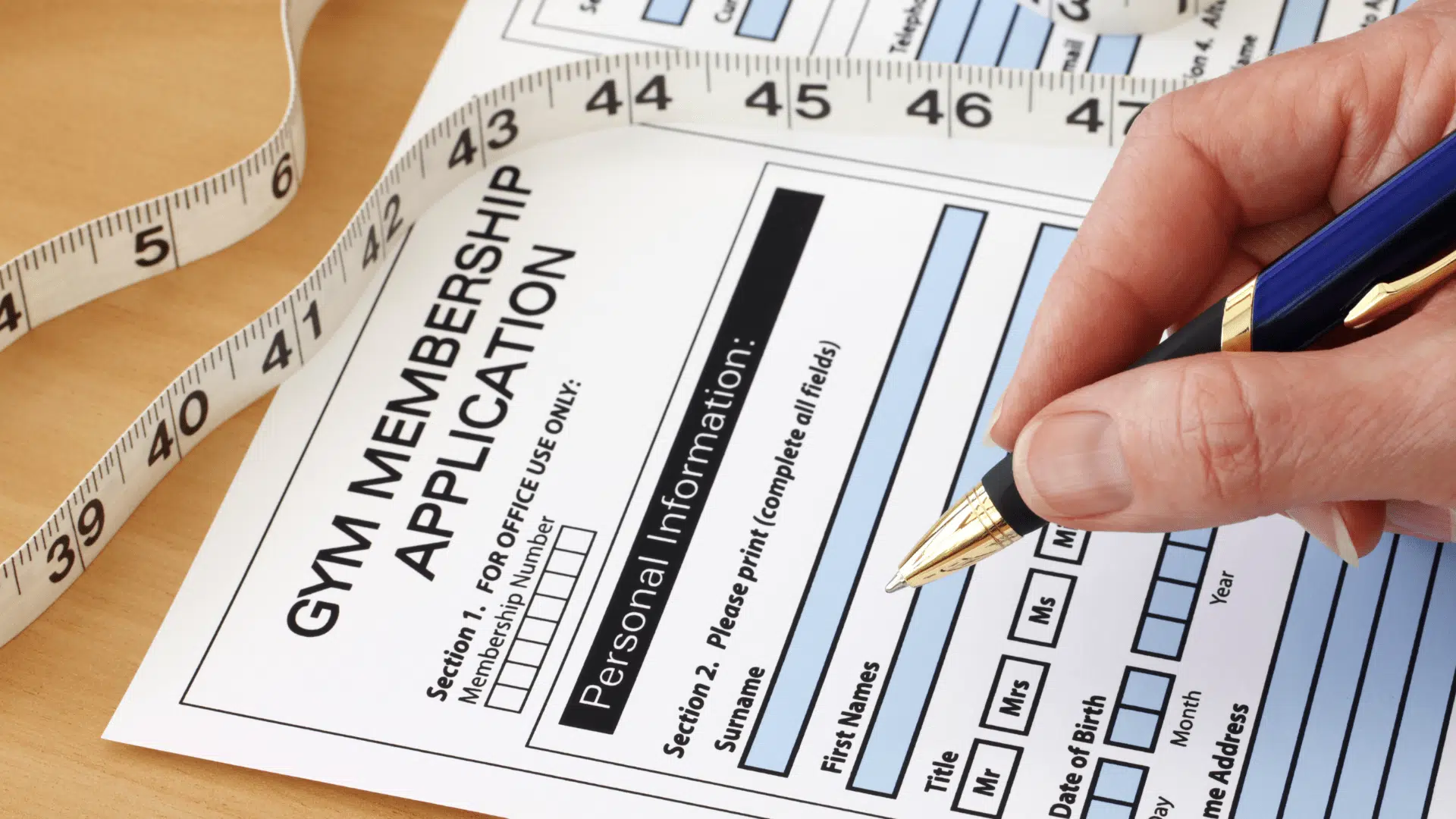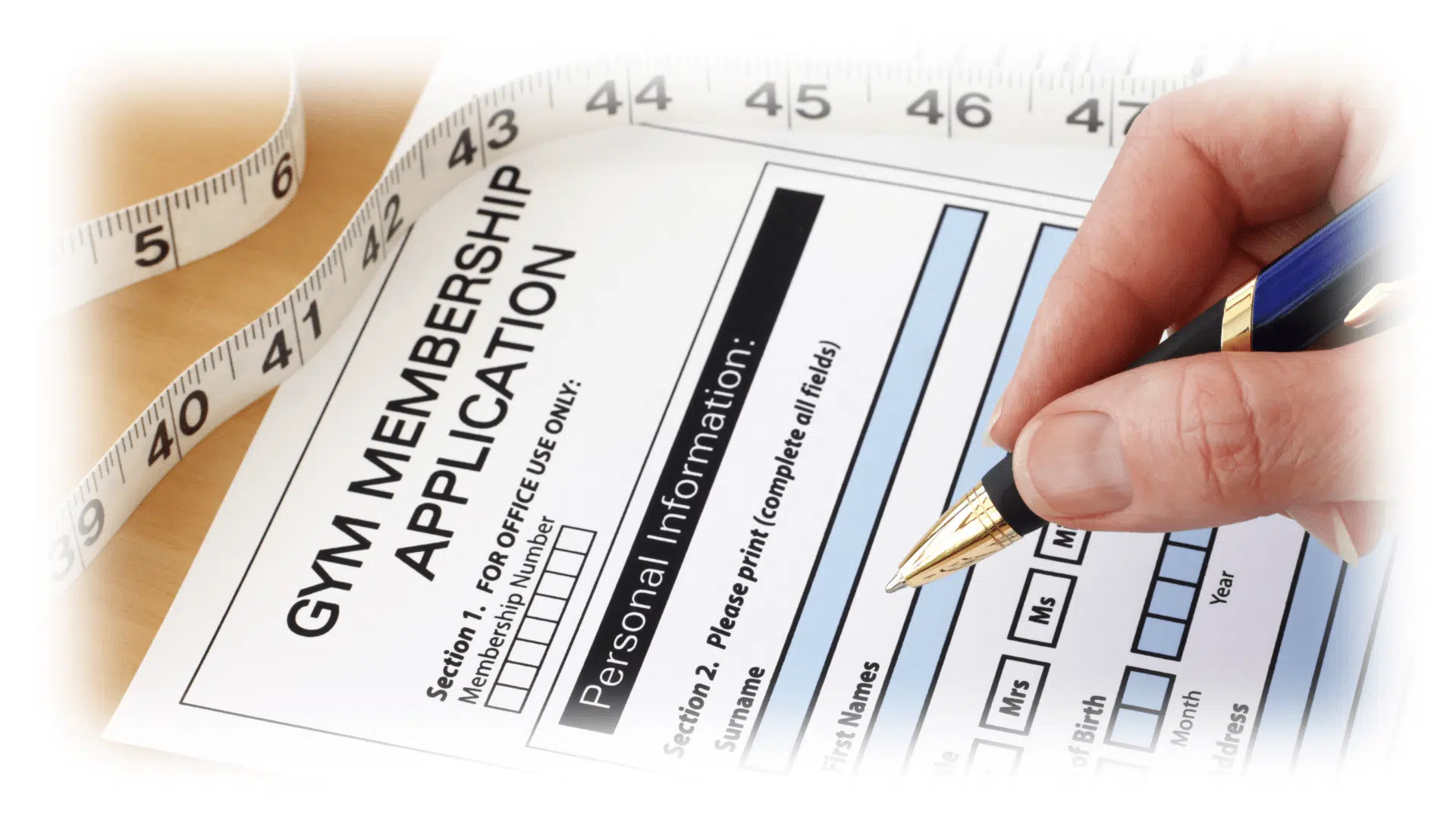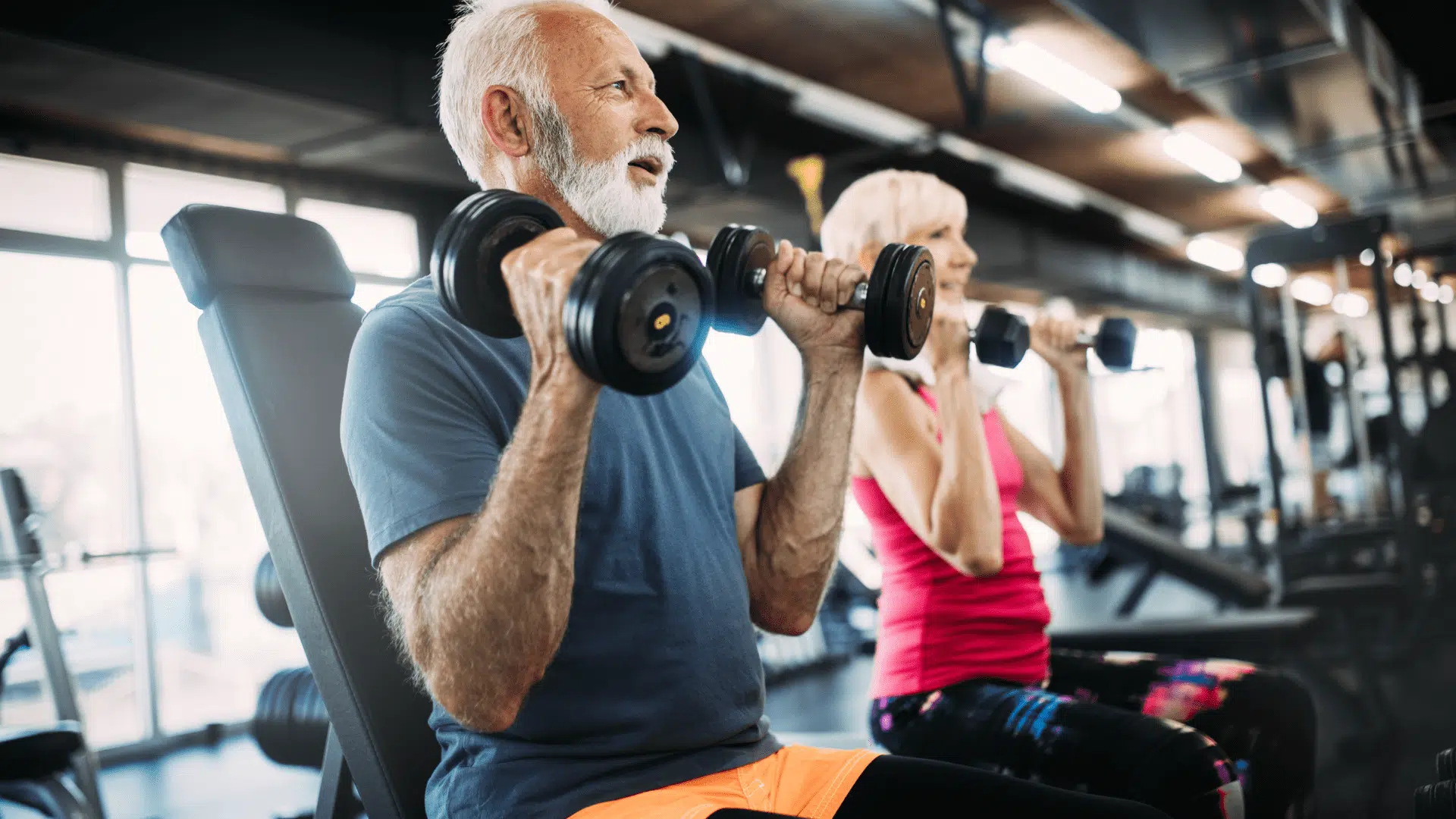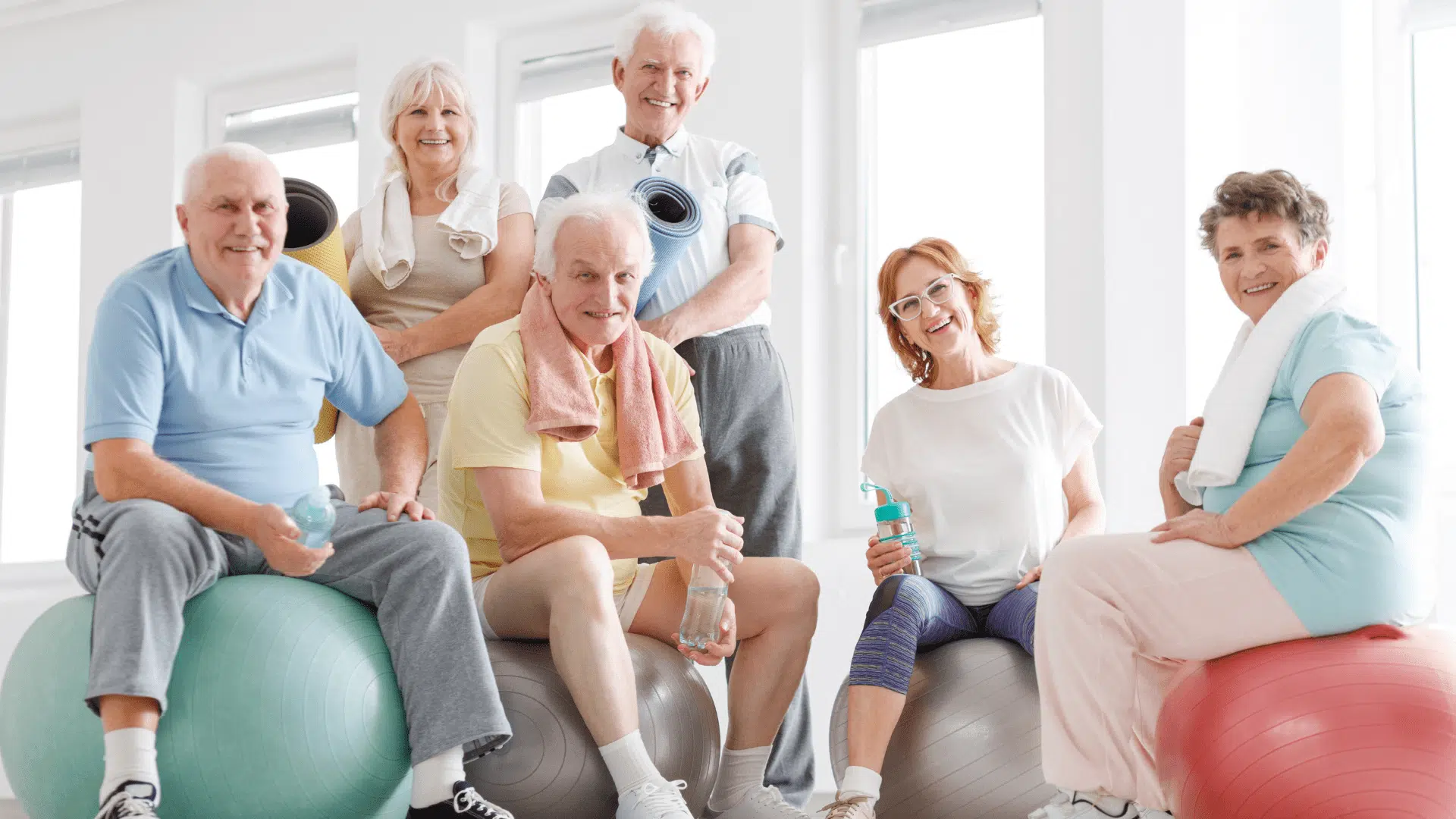Increase your gyms secondary spend… for the benefit of your members and your bottom line!
Secondary spend can be a challenging issue for independent gyms and fitness club owners, whether relative newcomers or hardened veterans.
At the core of the issue is what sells and how to sell it. This is a problem that’s constantly shifting with no single solution that will last the test of time. As tastes change, what sells and how to sell it also changes. As technology improves, it both allows us to sell new products to our members and can render old products obsolete.
As well as that, there is the question of how to sell?
If a gym or fitness club is too forceful or inelegant with its sales approach, it risks isolating members, coming across as desperate or just generally taking the sheen off of a carefully maintained brand.
But too little force and your member base may not be engaged with the products, or even aware they exist! Stock goes unsold, taking up space and depreciating in value.
As such, it is understandable (if incorrect!) that secondary spend is often either overlooked or ignored. At best seen as a side-earner when compared to membership fees.
But that is shifting. With the rise of app technology on smartphones, lifestyle brands and ethical/sustainable consumerism. The game has changed on secondary spend.
Today we will be taking a look into how independent gym and fitness clubs can elevate their secondary spend operations to the next level with a few easy to implement tips and tricks! Starting with WHY owners should!
Feel free to skip ahead to our 5 tips if you’re eager to find out more!
Tip #2: Sell those products in a way that is natural and consistent with that identity!
Tip #4: Four: Communicate what you are selling honestly and effectively!
Tip #5: Five: Encourage Members to buy and create a culture where they want to buy!
The Benefits of Secondary Spend for the member and the fitness facility
At the core of ‘why’ it is important for gyms and fitness clubs are two concerns. The member experience and the profitability of the business.
By denying members the ability to buy trusted brands from their gym or fitness club, management is limiting their ability to truly engage with the club and depriving them of a method to reach their goals.
It has been shown in polling that between 30% to 50% of fitness club members would be likely or very likely to buy brands from their gym or fitness club if they stocked them.
As we will cover, secondary spend is an important step on the path for Gyms and fitness clubs to fully realise their role as health and fitness specialists in the life of their members. That service doesn’t just stop at providing a physical location, it must involve guiding them to and supplying the products necessary for their journey.
In addition to the generation of significant amounts of revenue, the way a fitness facility engages with secondary spend (if it does at all) will directly affect membership retention and experience. It increases the sense of commitment that a member has in their gym or fitness club, in addition to providing them with the materials necessary for them to succeed in their goals.
When viewed through this lens, it becomes clear that secondary spending is about more than simple profit (though that is, of course, an important factor!).
Now we’ve piqued your interest! Let’s dive into how to naturalistically implement secondary spending into gyms and fitness clubs in a way that will benefit your members and your bottom line!
Tip #1: Understand the brand identity of your Gym or Fitness Club and sell products that complement and enhance it!
Our first tip requires nothing more than planning and reflection!
As stated above, the reason we are selling is to enhance the member experience, to strengthen their commitment to the gym or fitness club and to enhance the identity of the facility’s brand.
With this in mind, the products that you sell are going to be very important.
Firstly, they need to be of suitable quality. If a gym is built around being a premium experience, then it is important that the product reflects those expectations. Your members will trust (or come to trust!) your judgement, make sure you don’t let them down by selling products you wouldn’t buy yourself!
Conversely, if a gym is targeted at a more discerning and budget market demographic, it will do little good to furnish your stores with the most expensive products on the market.
More than this though, it is important that the products support the aims of membership. If it is a high-intensity gym, sell products that will help their recovery cycle. If it is more about functional fitness and long-term health, sell products that will help them live their best life for longer!
Tip #2: Sell those products in a way that is natural and consistent with that identity!
Once you have worked out what products will sell well and reinforce the identity of your gym or fitness club. It is time to get selling!
Luckily, by selecting products that the members will want, half the battle is won already. Now it is about marketing these products in a way that will speak to the membership.
Luckily, any good independent gym or fitness club will know its members. Run small-scale social media and in-facility marketing campaigns that generate interest in the product.
Introductory sales when you start stocking a product will motivate sales and start spreading word of mouth! It will also help you get some near-immediate feedback from your members.
React to their feedback, both positive and negative! Most people would rather buy from local businesses than from faceless corporations and websites
Tip #3: Train your Staff in how to sell naturally and encourage them to sell when it will enhance the experience of the member!
When it comes to training staff in how to sell, there are numerous concerns. While some people within the fitness industry are very accomplished salesmen, you don’t often find them on the gym floor!
And there is nothing worse than someone trying to sell you something tactlessly, or who doesn’t truly believe in the message. It puts off the member, it doesn’t secure the sale and it creates a bad atmosphere.
So that is what we are trying to avoid!
Luckily, that is quite easy!
As we have based the acquisition of secondary spend products on what will help the membership and what is coherent with the gym’s brand identity.
As such, it should be comparatively simple to teach the staff of a Gym what products are in store, what their intended use is, and case uses within the gym’s classes and culture where they could be recommended.
In addition, giving discount codes that are specific to each member of staff can create an incentive for both sides. On the staff member’s side, it can be used to track sales and commission. On the gym member’s side, it creates a personal bond and recommendation from the staff at the given time.
Reinforce that staff shouldn’t just give to every member. This will help create a naturalistic and authentic moment of recommendation, as well as secure that all important sale!
Tip #4: Communicate what you are selling honestly and effectively!
This one should go without saying, but it is important to not get carried away or deceive the membership of a gym or fitness club.
Unlike some sales roles, gym members can vote with their feet if they are dissatisfied with a product they’ve received.
This is why it is important that the secondary sell material only ever enhances the experience. Make sure that what is being sold is genuinely valuable and embodies the brand identity of the gym.
When marketing it through social media, make sure the messaging is consistent and concise. Make sure it is pushed across all relevant social media avenues to give a sense of uniformity. Ensure where to purchase it and for how much is clearly displayed.
By being upfront and honest, members will come to trust the recommendation of a gym or fitness club and incorporate purchasing products that enhance their life into their routine.
Tip #5: Encourage Members to buy and create a culture where they want to buy!
Following on from communication, our final tip is to use secondary spend to make members feel valued.
There is one simple method that can be used to make them want to buy from you…As we touched upon in tip three, discount codes are a great way to mobilise members into making purchases.
But we would recommend gyms and fitness clubs avoid blanket offers on social media. Announce that products are available on social media by all means. But by offering a discount code across the board, that becomes the new price.
There is no exclusivity and it loses the bespoke nature of the personally bestowed discount code.
Not only is it an invitation to buy the product, it is an empowerment. By wielding discounts as a nuanced tool rather than a catch-all net, a gym is almost guaranteed to mobilise specific parts of their member base. By placing it in the hands of employees, the people actually on the gym floor, it will ensure that the secondary spend reaches who it needs to.
Want To Learn More About Growing Your Club?
All of this will help reinforce a fitness facility’s reputation and brand identity as one that cares about their members. This positive business model of creating additional value for the member and additional profit for the gym is powerful if implemented correctly.
And if you are eager for a deeper look into how this nuanced but powerful form of business can work for independent gym’s and business owners, look no further!
The Gym Owners Workshop at the Talbot Hotel Stillorgan, is a nexus for fitness industry knowledge directed specifically at independent gym and fitness club owners and one of the talks relates to secondary spend!
After the success of the Gym Owners Workshop 2022, the 2023 event is promising to be bigger and better!
Our partners for the event over at Glanbia will be giving a talk called ‘Nutrition for Success – Driving Growth and Performance in Secondary Spend’. It promises to be a deep dive by industry experts into how to maximise the benefit for your members and your profits through meaningful and impactful secondary spend!
But don’t just talk our word for it! Register your interest to the free event here and look into how to take your secondary spend approach to the next level!








